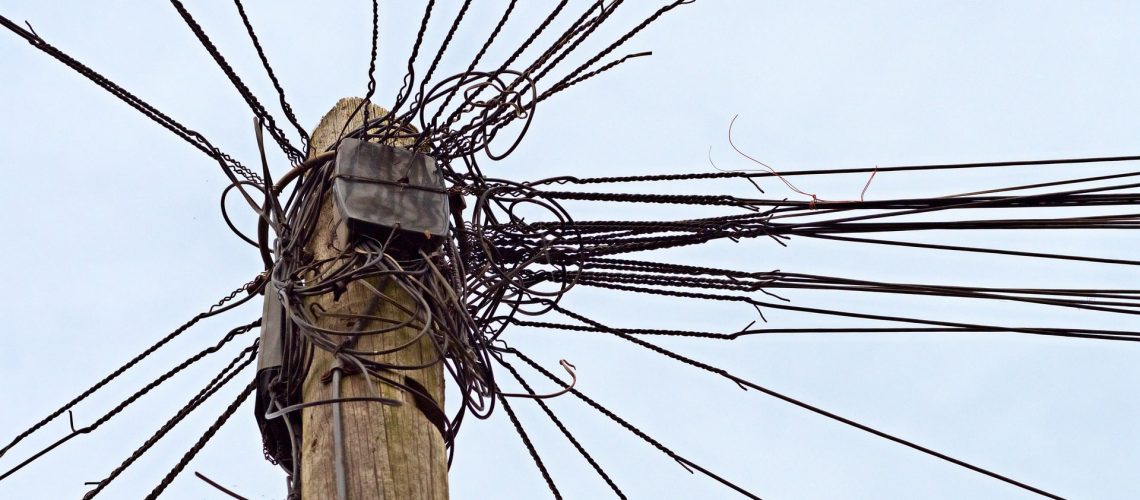Internet connectivity has become an essential requirement in any modern office environment. With the advancement of technology, there are several options available for internet connectivity. In this blog post, we will discuss the advantages and disadvantages of various office internet connectivity options, including fiber, coax, DSL, and wireless. We will also recommend which option is the ideal choice if all options are available.
Fiber:
Fiber-optic internet uses fiber-optic cables to transmit data. It is one of the fastest internet connectivity options available, and it is highly reliable. Fiber-optic internet provides high-speed internet connectivity, which is ideal for offices that require high bandwidth usage. The advantage of fiber-optic internet is that it can provide symmetrical upload and download speeds, which is essential for cloud-based applications and video conferencing. However, the disadvantage of fiber-optic internet is that it is not widely available in all areas.Coax:
Coaxial cable internet, also known as cable internet, is a popular choice for many businesses. It provides fast internet speeds and is widely available in most areas. Coaxial cable internet is ideal for businesses that require high bandwidth usage, such as video conferencing and file sharing. However, the disadvantage of coaxial cable internet is that the speed can be affected by the number of users in the area.DSL:
Digital Subscriber Line (DSL) internet uses existing telephone lines to transmit data. DSL is widely available in most areas and is an affordable option for small businesses. However, the disadvantage of DSL is that it has limited bandwidth, and the speed can be affected by the distance between the business and the provider’s central office.Wireless:
Wireless internet uses radio waves to transmit data. It is ideal for businesses that require mobility, such as remote workers and mobile offices. Wireless internet is also easy to set up, and it is widely available in most areas. However, the disadvantage of wireless internet is that the speed can be affected by interference from other wireless devices, and it is not as fast as fiber-optic or cable internet.Based on the advantages and disadvantages of the various internet connectivity options, fiber-optic internet is the ideal choice if all options are available. It provides high-speed internet connectivity, symmetrical upload and download speeds, and it is highly reliable. However, if fiber-optic internet is not available in your area, then coaxial cable internet is a good alternative.
In conclusion, when selecting an internet connectivity option for your office, consider your bandwidth requirements, reliability, and availability in your area. It is also essential to consider the number of users who will be using the internet and their usage requirements. With the right internet connectivity option, you can ensure that your business operations run smoothly and efficiently.


